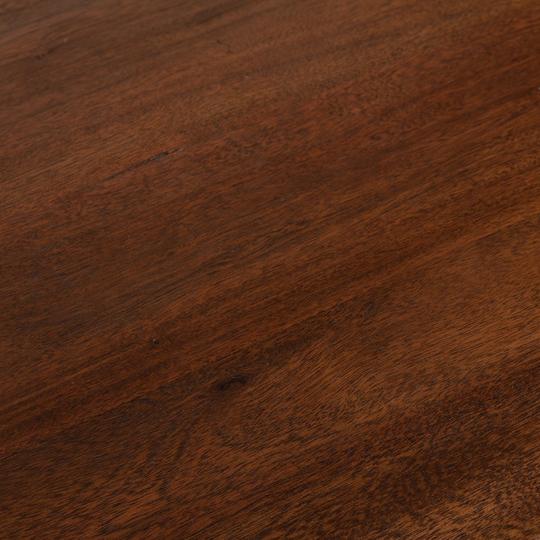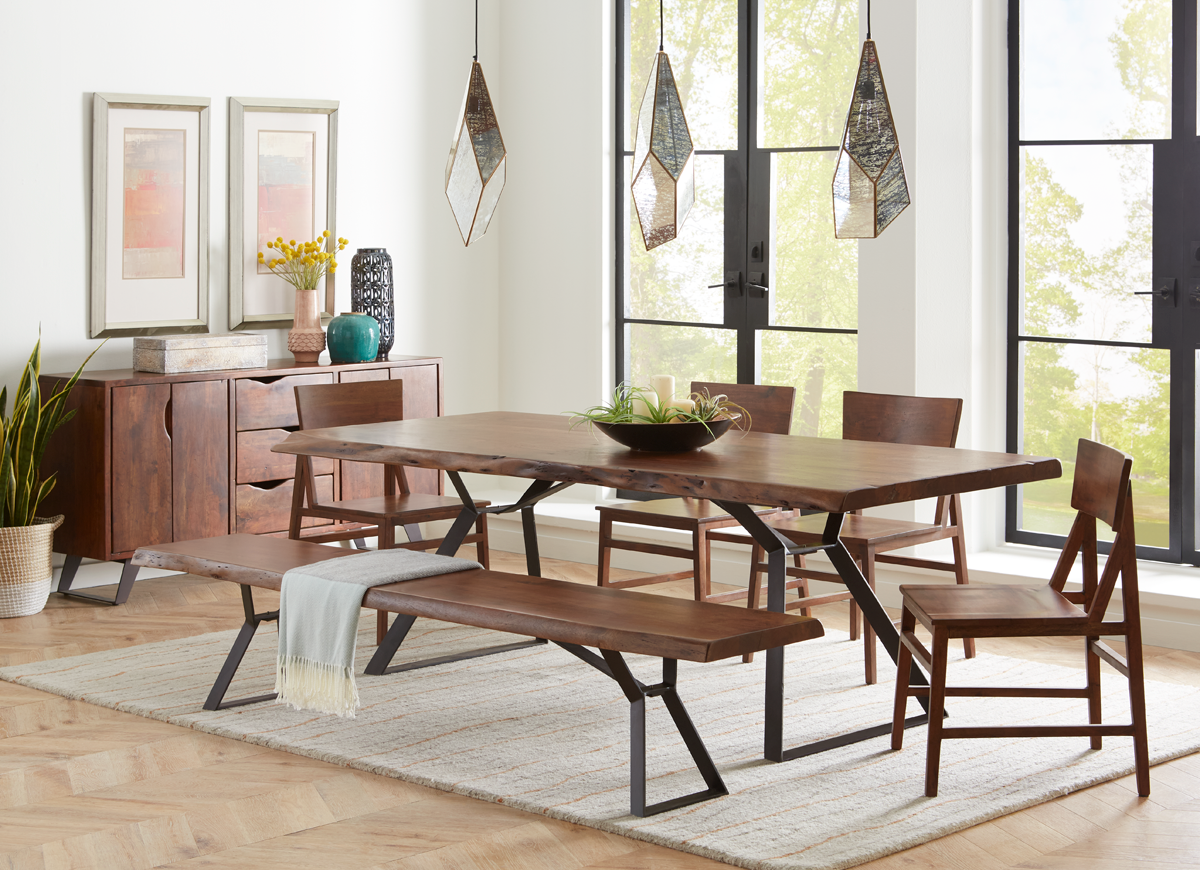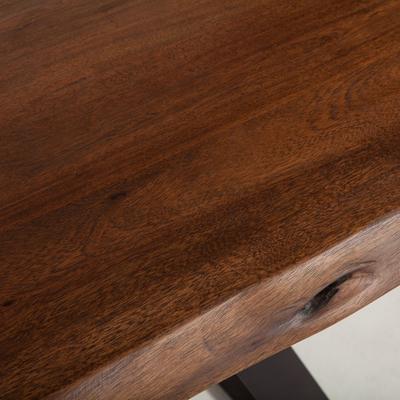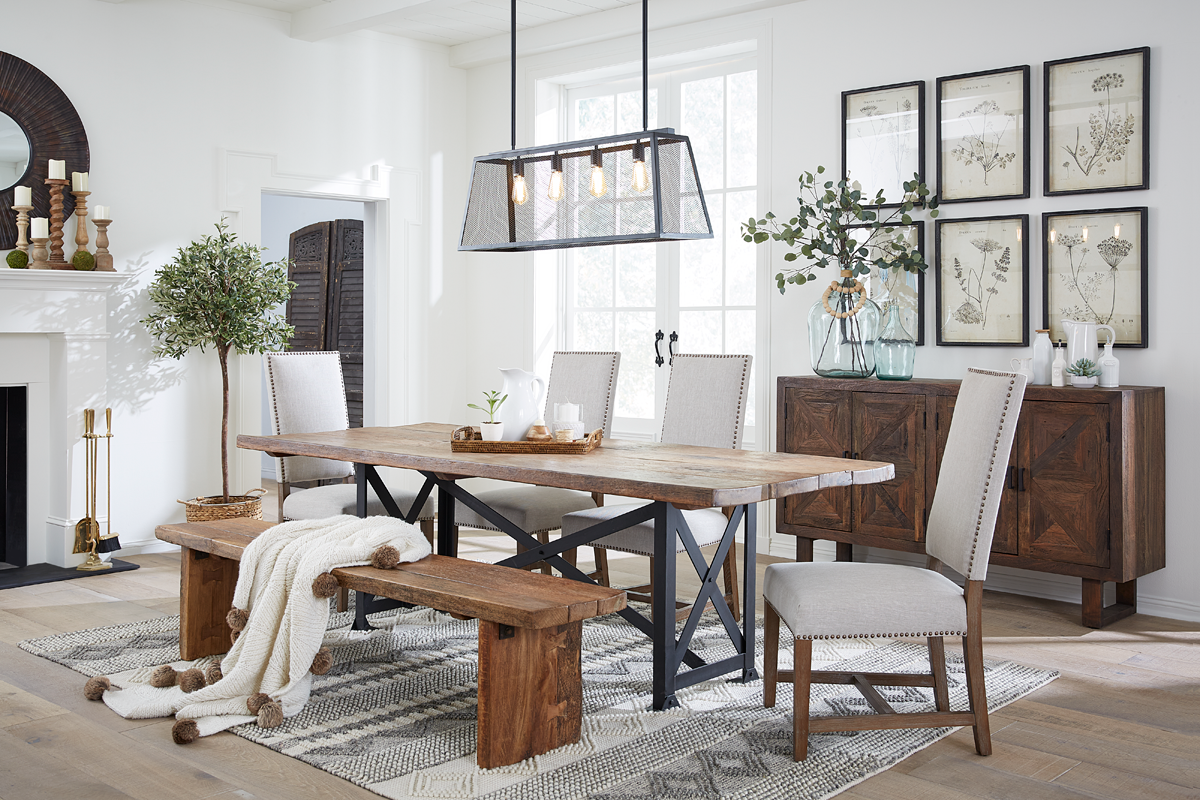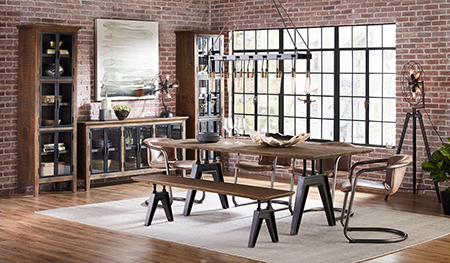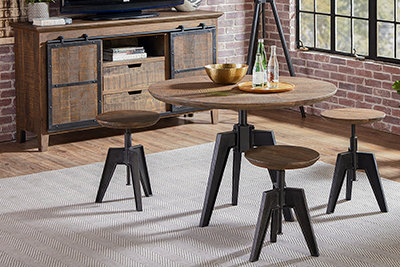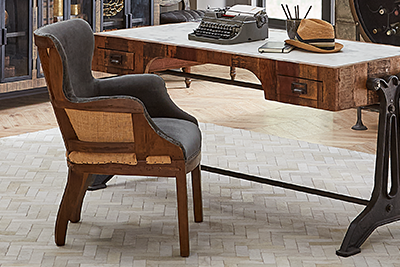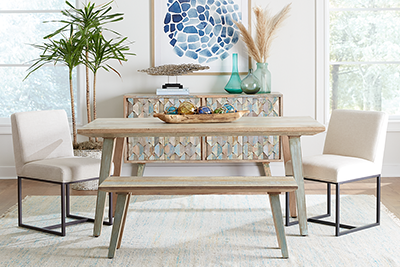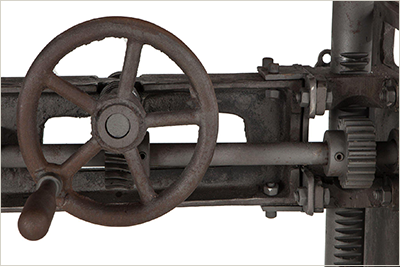|
Imagine this: you're on the hunt for furniture. Come to find out, there's a massive amount of different types of wood to choose from. It's a little overwhelming! No worries, though. We've got you covered. This article is part of our series on the woods we use, detailing everything you need to know before you buy. A little education goes a long way when choosing furniture. |
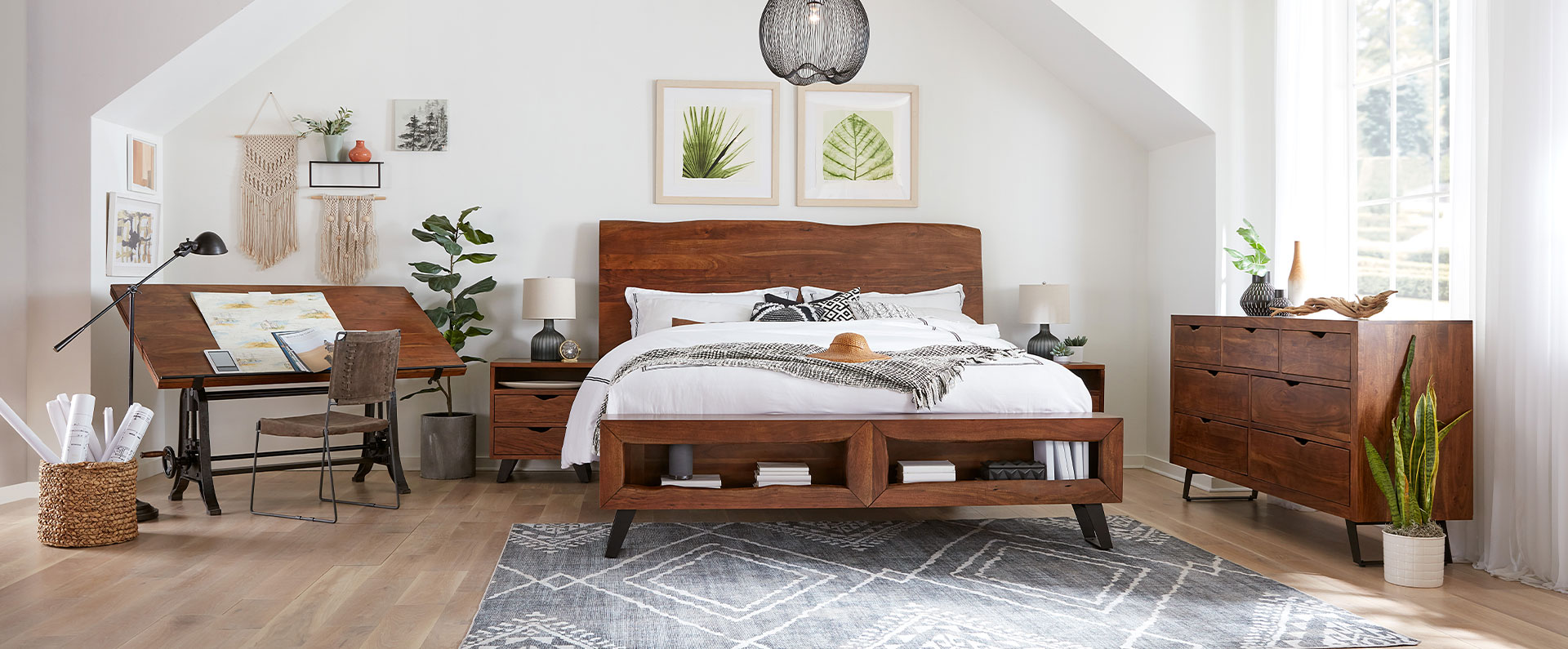
ACACIA: A TREE OF A THOUSAND NAMES
| The Acacia tree, also known as mimosa, thorntree, and wattle, is a hardwood tree family native to Australia. Over millennia, Acacia spread to now be found throughout the Old World including Africa, Asia, and the Pacific Rim. European settlers brought the tree to the Americas, where a new species began to emerge. There are now 1,350 species of Acacia worldwide! | 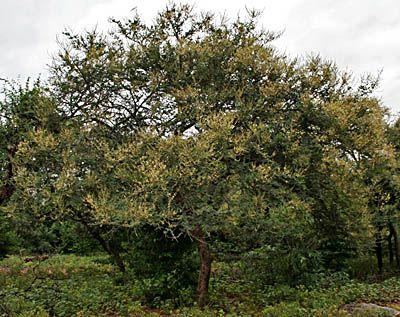 |
|
The species of Acacia we use for our furniture is Babul (Acacia Nilotica). It's native to Africa, India, and the Middle East, and is an invasive species in Australia. We use this species due to its hardness, density, and availability, detailed deeper into this article. ACACIA ON THE WORLD STAGEA variety of 18th century writers praised Acacia as a durable and valuable wood, being used for a variety of products such as tree nails, ship posts, beams, cogs, and, of course, furniture! One English writer, Ebeneezer Jessup, enthusiastically proposed the planting of 10,000 acres of the tree in order to provide an enduring source of building materials for Her Majesty's Royal Navy. ACACIA'S USES |
|
|
Acacia timber has been used by different cultures to produce a variety of products.
|
THE STATSNote that these characteristics relate specifically to the Babul species of Acacia, the species we use to produce our furniture. DENSITY & HARDNESS OF ACACIA WOODThe Janka Hardness rating for Babul Acacia is 2300 pounds of force. It is 55 percent harder than European White Oak, 23 percent harder than hickory, and 90 percent harder than carbonized bamboo. Its density is measured to be 62 pounds per cubic foot. This places Babul between oak (45 lbs/cubic foot) and marble (80lbs/cubic foot). |
CHARACTERISTICS OF ACACIA WOODBabul, and Acacia as a whole, has a naturally fine texture (also considered a smooth finish). It's highly scratch resistant in comparison to other hardwoods. |
|
Why We Choose Babul Acacia for our Furniture
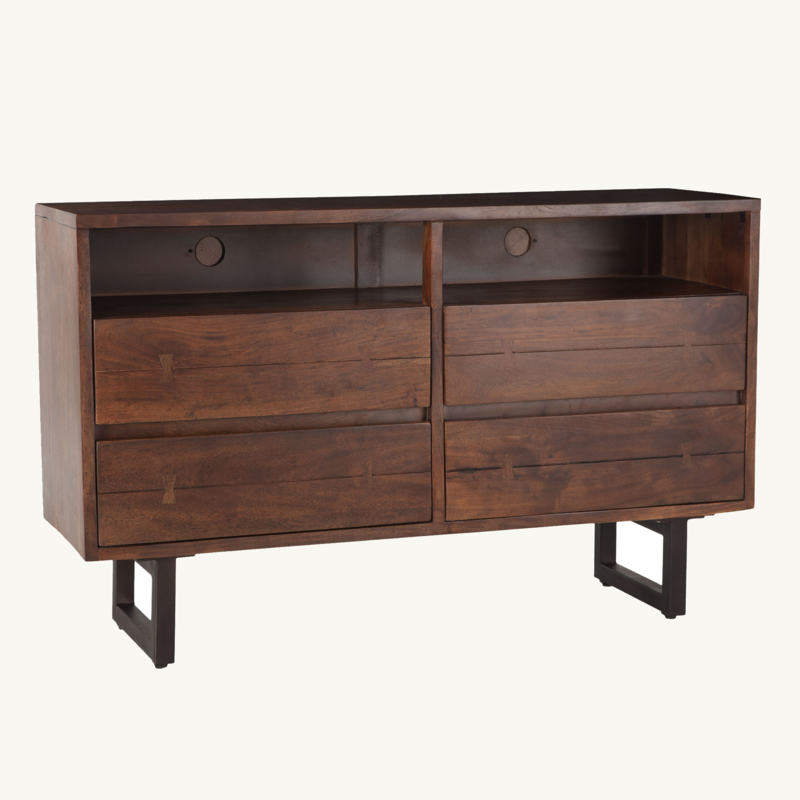
|
We use the babul species for four main reasons: it's affordable, it's easy to work with, it's durable, and it's sustainable.
AFFORDABILITYAs previously stated, Babul grows plentifully in Asia, India, the Middle East, and is an invasive species in Australia. It is also grown on plantations for its hardened tree sap, known as Gum Arabic. Gum Arabic is used for medicinal purposes, as an additive to soft drinks, and as the outer coating for "hard" candies such as M&Ms. This allows us to harvest the wood and reuse it rather than waste it. |
|
|
USABILITY
Babul Acacia is easy to work with and hardens significantly after we kiln dry it. This allows us to make beautiful acacia wood benches and buffets, dazzling acacia dining tables, and sophisticated side tables, all without sacrificing the high quality of our furniture. Its workability prior to drying allows us to also craft beautiful live edge pieces, like our Barnwood Slab dining table and benches. |
|
In addition, Babul Acacia's height varies from 2.5 meters(8 feet) up to 25m(82 feet). This makes it perfect for long pieces like buffets, tables, and benches. DURABILITY OF ACACIA WOODAs the British Royal Navy has shown, Acacia has proven itself to be an extremely durable wood. Its density and hardness makes it the perfect material for heavy-use pieces such as dining tables and dining benches. When properly maintained, these pieces will last decades. SUSTAINABILITY |
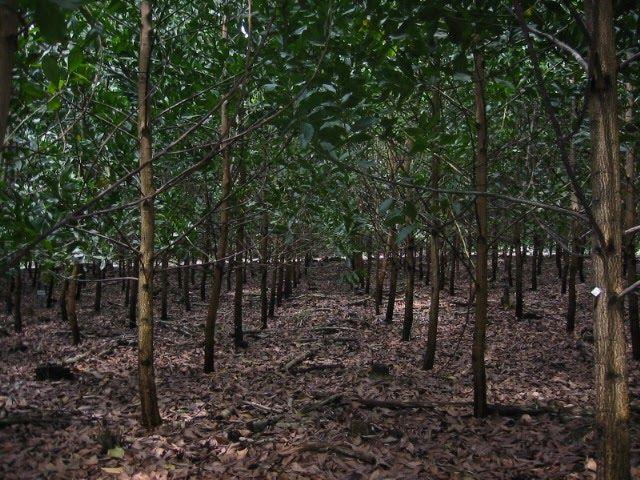
|
First and foremost, Babul trees are widely available (as stated above), however, we take extra steps to ensure that we harvest all wood in a 100 percent eco-friendly fashion. Remember the Gum Arabic we talked about earlier? We work with local farmers to harvest lumber from these trees after they finish producing the sap used for Gum Arabic. Normally, this wood would either be burned or thrown into a wood chipper for the next planting. By forming working relationships with these farmers, they're provided extra income in exchange for giving us a completely sustainable source of wood.
Tips For Maintaining Your Acacia Wood FurnitureIt's important to note that this is a living, breathing piece of furniture. For a longer lasting piece, proper maintenance is vital! For a piece that can truly stand for generations, consider these tips:
|


